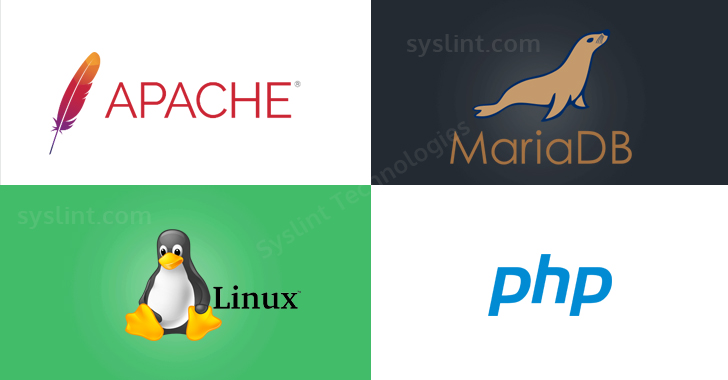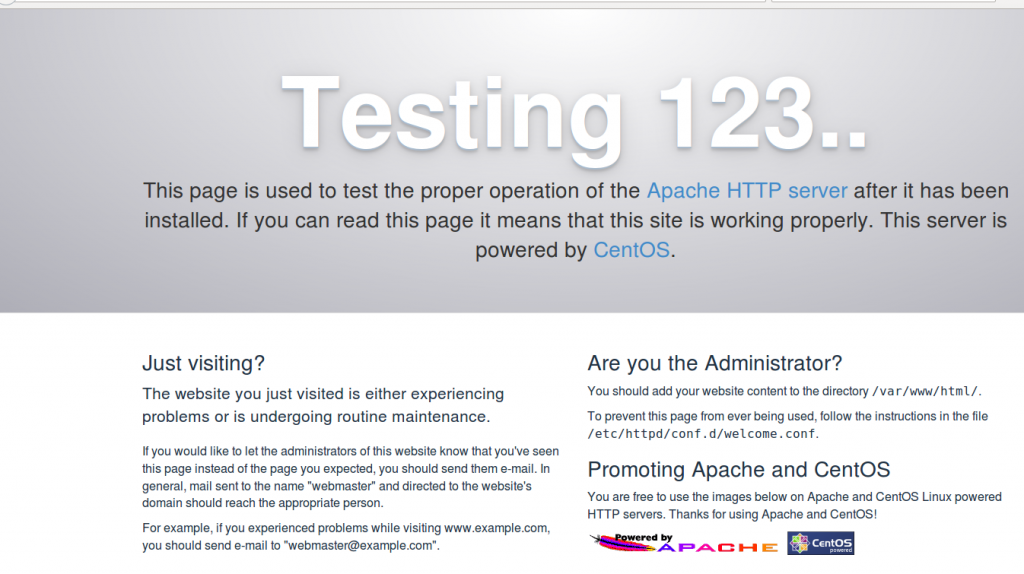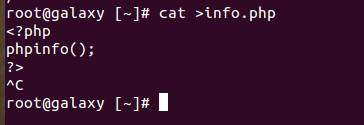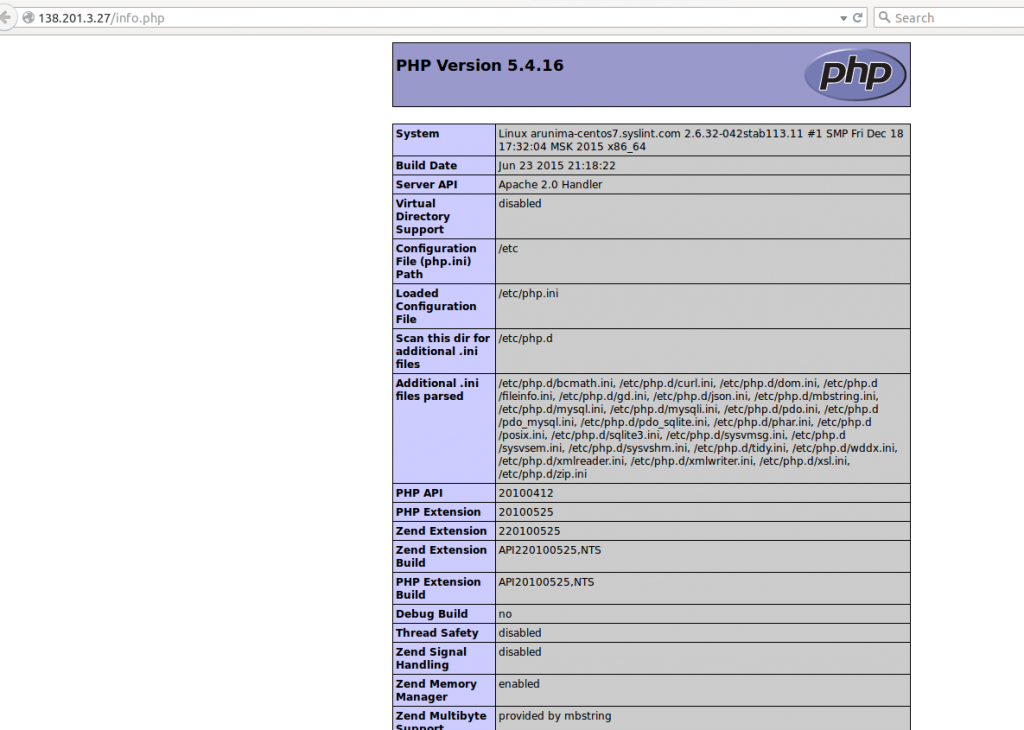How to install and configure Linux, Apache, Mariadb and PHP (LAMP ) on Centos7 or RHEL7

1. Introduction
Short for Linux, Apache, MySQL and PHP, an open-source Web development platform, also called a Web stack, that uses Linux as the operating system, Apache as the Web server, MySQL as the RDBMS and PHP as the object-oriented scripting language. Perl or Python is often substituted for PHP.
2. Requirements
You may need an operating system RHEL 7 or Centos 7 in your dedicated or vps server. Please make sure to set a hostname for your server and its dns is pointing to the IP address of the server.
3. Installation
Please proceed with the following step by step procedures:
3.1 Install Apache
Apache2 is directly available as a CentOS 7.0 package, therefore we can install it like this:
# yum -y install httpd
Now configure your system to start Apache at boot time.
# systemctl start httpd.service # systemctl enable httpd.service
Now direct your browser to http://your-IP, and you should see the Apache2 place holder page:

3.2 Install MariaDB
To install MySQL, we do install mariadb like this:
# yum -y install mariadb-server mariadb
Then we create the system startup links for MySQL (So that MySQL starts automatically whenever the system boots) and start the MySQL server:
# systemctl start mariadb.service # systemctl enable mariadb.service
Set passwords for the MySQL root account:
# mysql_secure_installation
NOTE: RUNNING ALL PARTS OF THIS SCRIPT IS RECOMMENDED FOR ALL MariaDB
SERVERS IN PRODUCTION USE! PLEASE READ EACH STEP CAREFULLY!
In order to log into MariaDB to secure it, we'll need the current
password for the root user. If you've just installed MariaDB, and
you haven't set the root password yet, the password will be blank,
so you should just press enter here.
Enter current password for root (enter for none):
OK, successfully used password, moving on...
Setting the root password ensures that nobody can log into the MariaDB
root user without the proper authorisation.
Set root password? [Y/n]
New password: <--yourmariadbpassword
Re-enter new password: <--yourmariadbpassword
Password updated successfully!
Reloading privilege tables..
... Success!
By default, a MariaDB installation has an anonymous user, allowing anyone to log into MariaDB without having to have a user account created for them. This is intended only for testing, and to make the installation go a bit smoother. You should remove them before moving into a production environment.
Remove anonymous users? [Y/n] <--ENTER
... Success!
Normally, root should only be allowed to connect from 'localhost'. This
ensures that someone cannot guess at the root password from the network.
Disallow root login remotely? [Y/n] <--ENTER
... Success!
By default, MariaDB comes with a database named 'test' that anyone can
access. This is also intended only for testing, and should be removed
before moving into a production environment.
Remove test database and access to it? [Y/n] <--ENTER
- Dropping test database...
... Success!
- Removing privileges on test database...
... Success!
Reloading the privilege tables will ensure that all changes made so far
will take effect immediately.
Reload privilege tables now? [Y/n] <--ENTER
... Success!
Cleaning up...
All done! If you've completed all of the above steps, your MariaDB installation should now be secure.
Thanks for using MariaDB!
#
3.3 Install PHP
We can install PHP5 and the Apache PHP5 module as follows:
# yum -y install php php-mysql
We must restart Apache afterwards:
# systemctl restart httpd.service
Testing PHP5 / Getting Details About Your PHP5 Installation
# vi /var/www/html/info.php
Now add the following phpinfo code content in this file.

Now we call that file in a browser (e.g. http://Your IP/info.php):

You may need We have successfully configured Apache2 , mysql and php.
